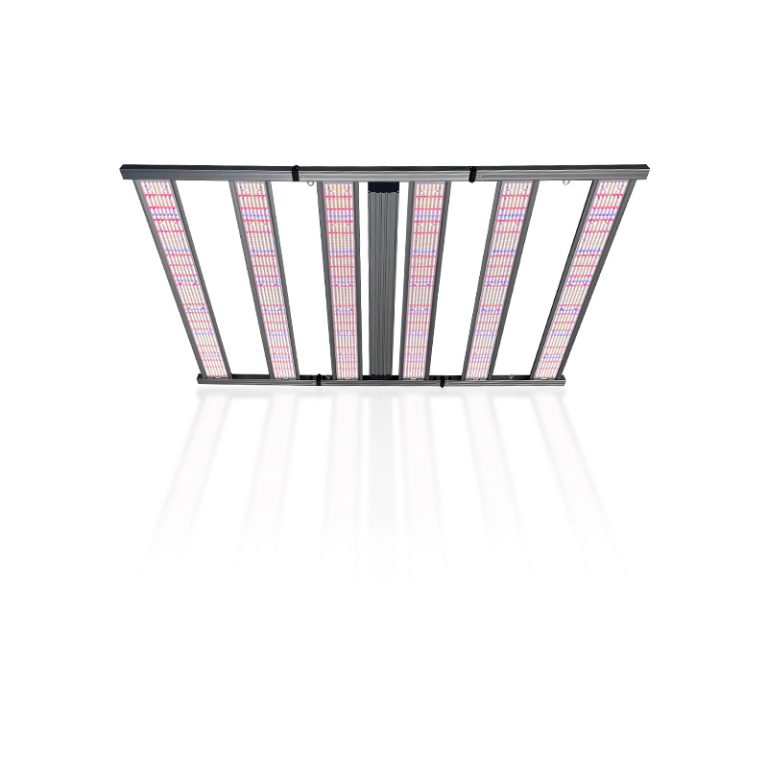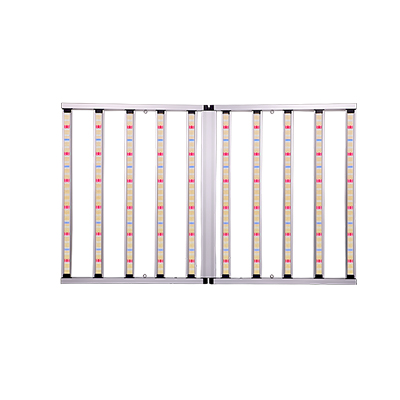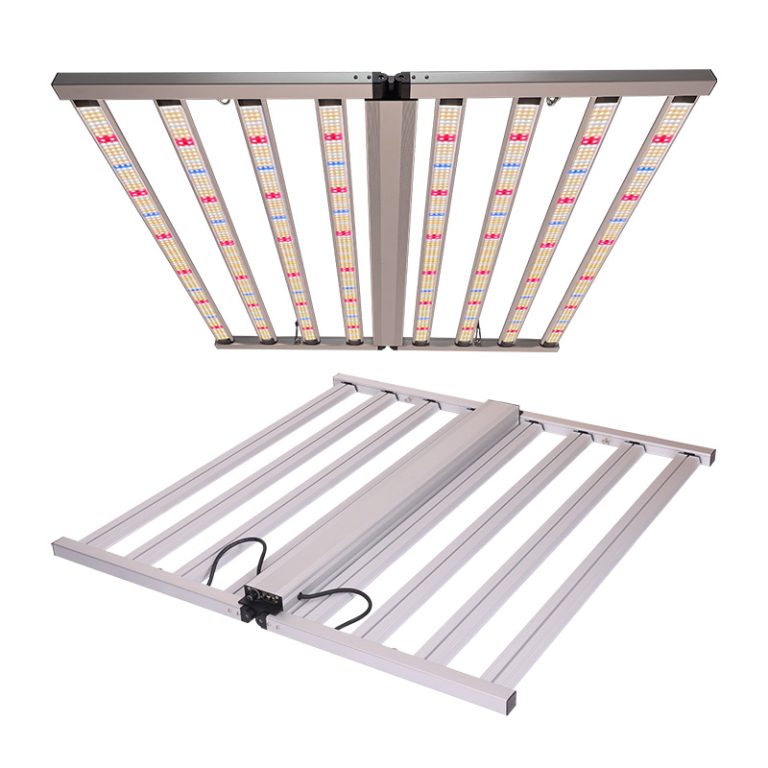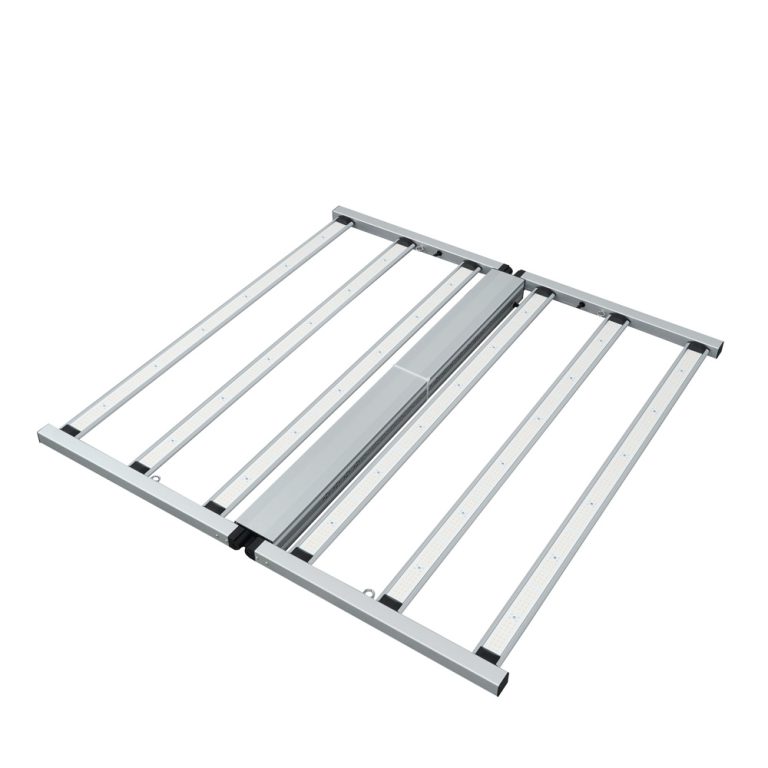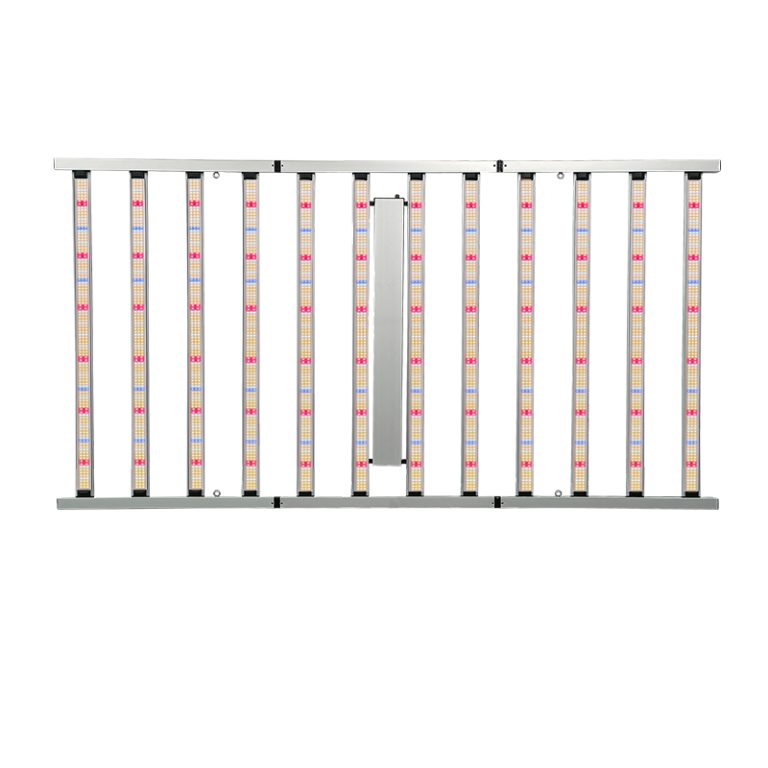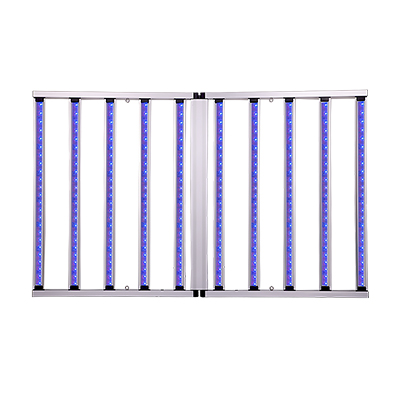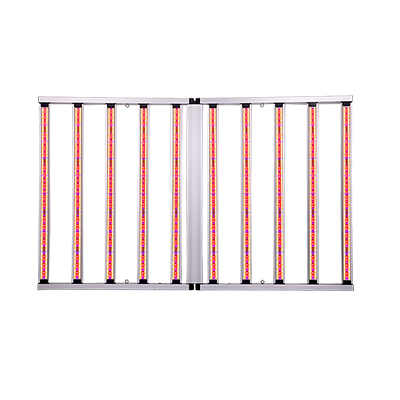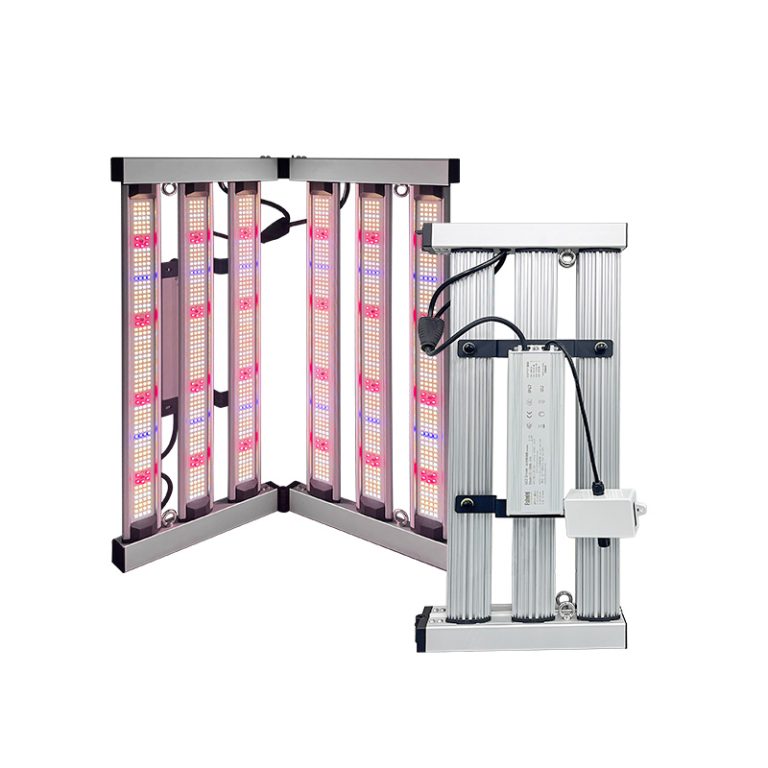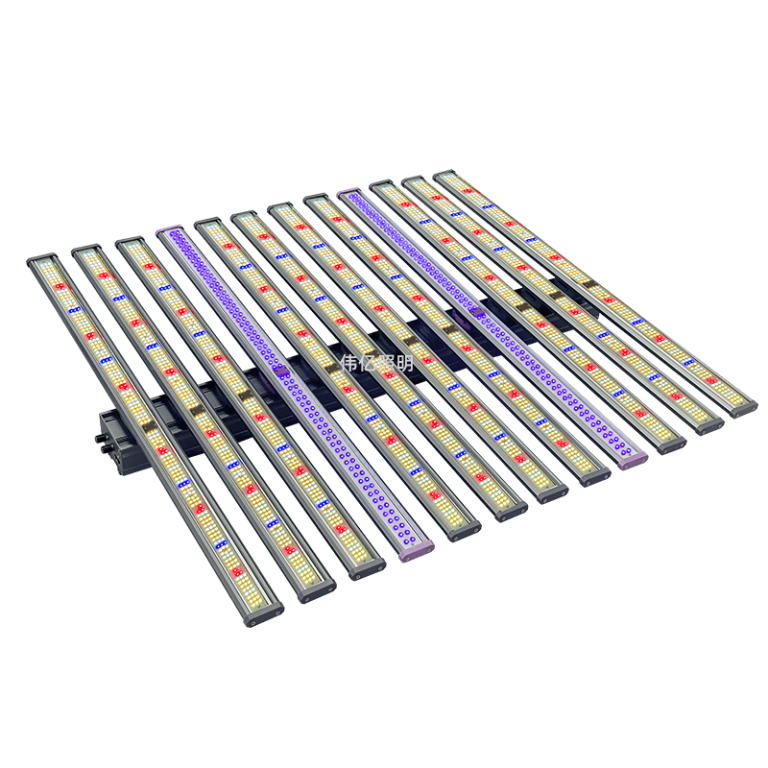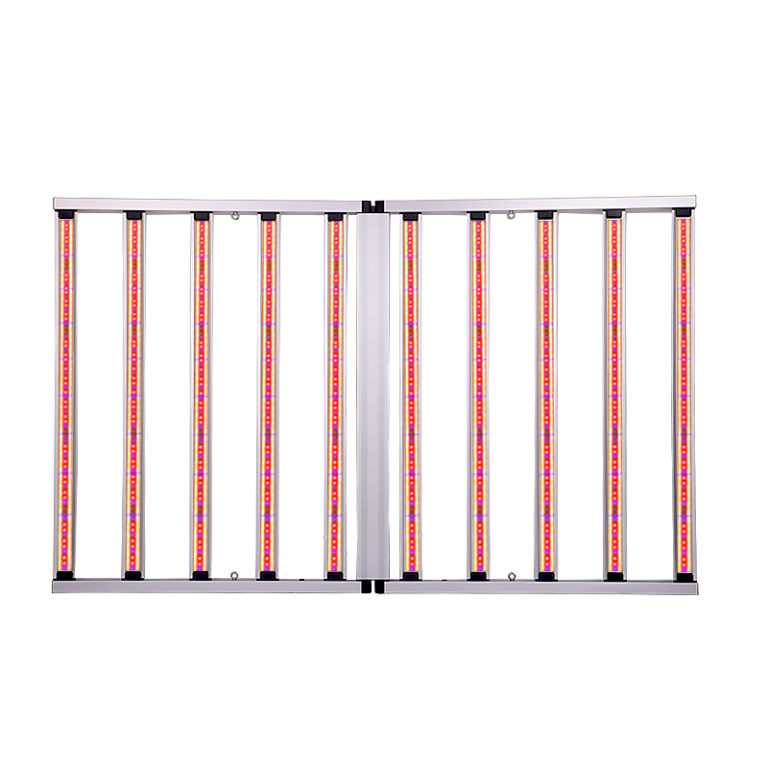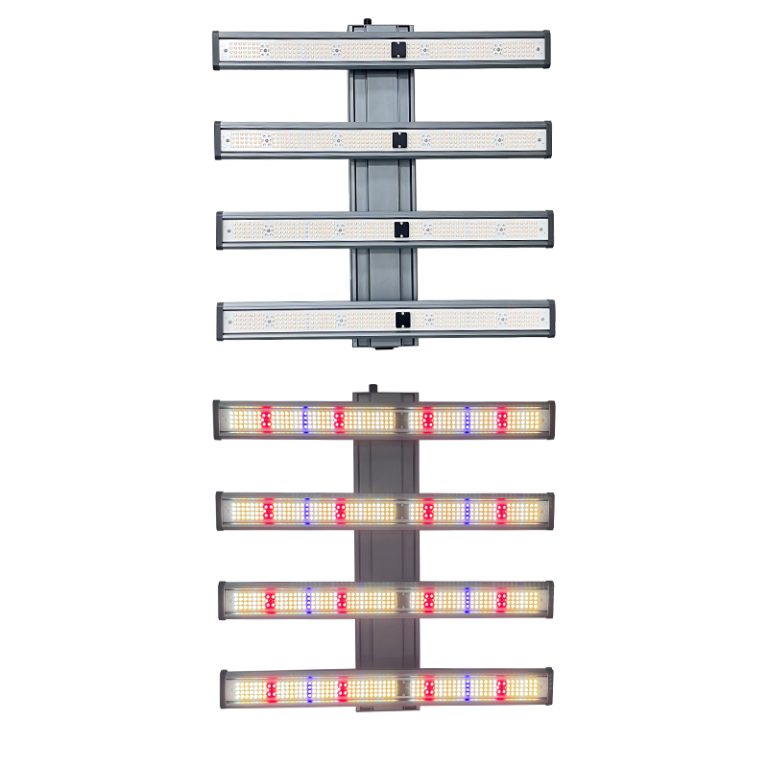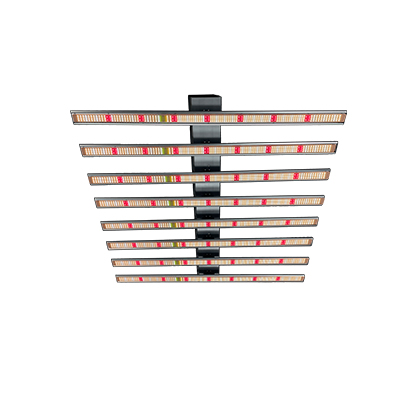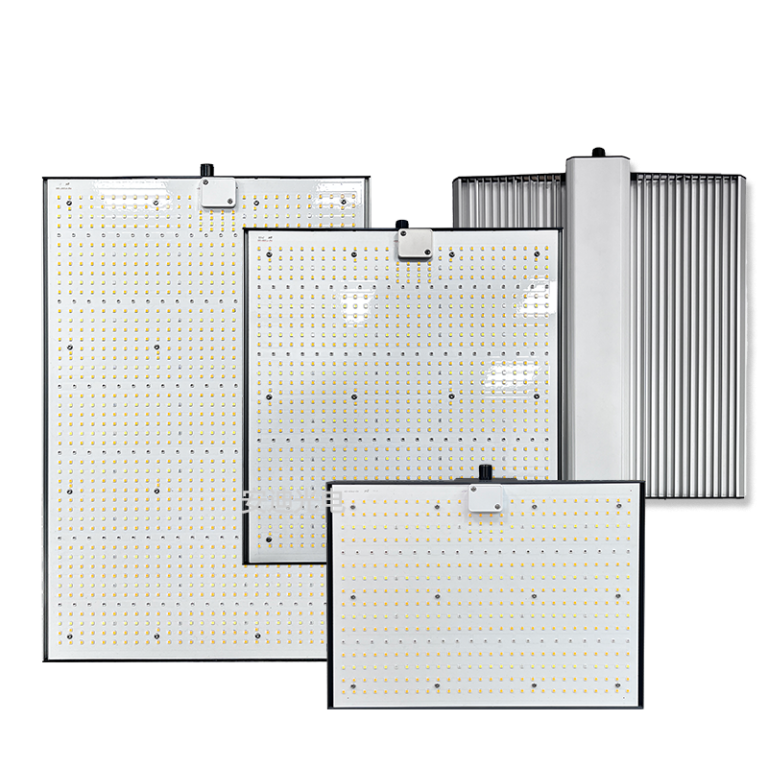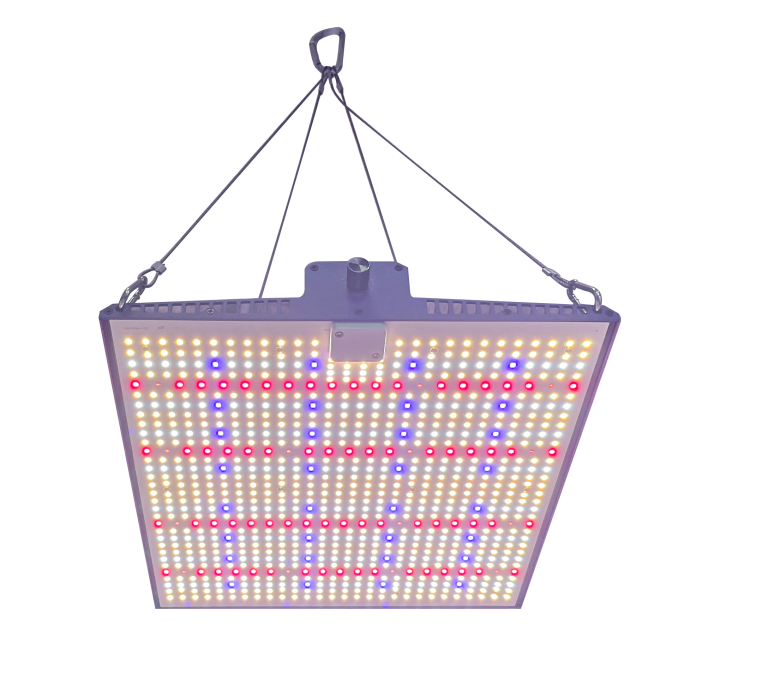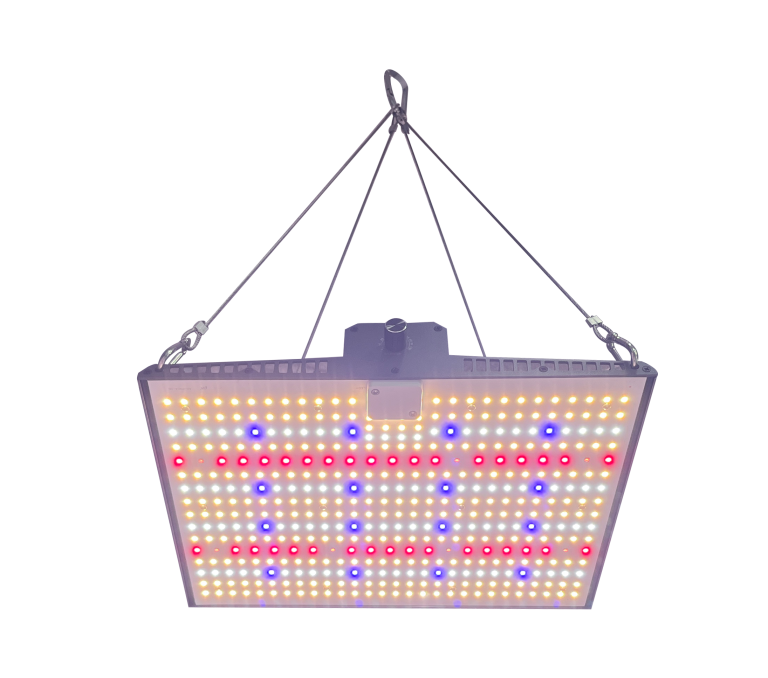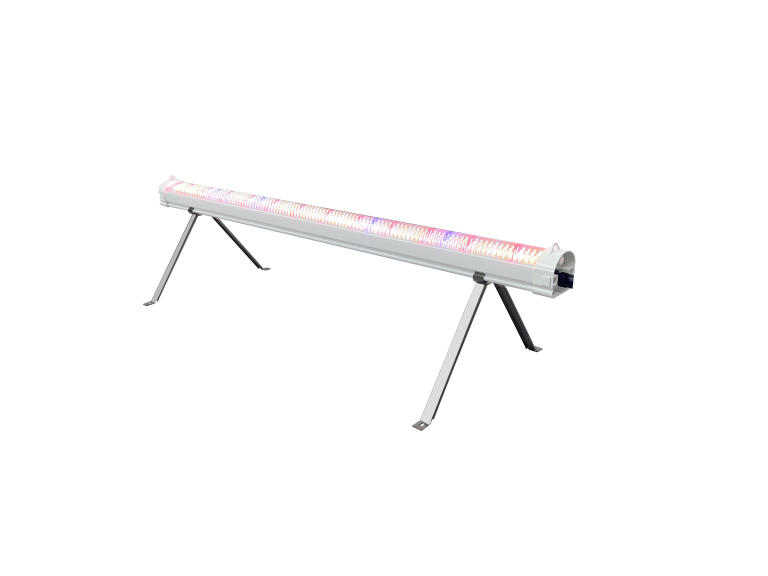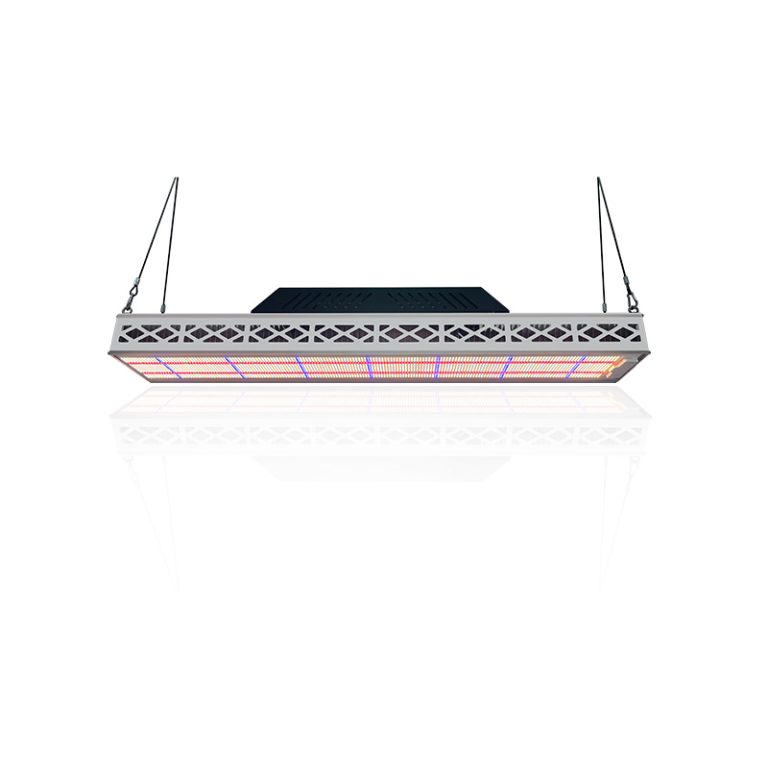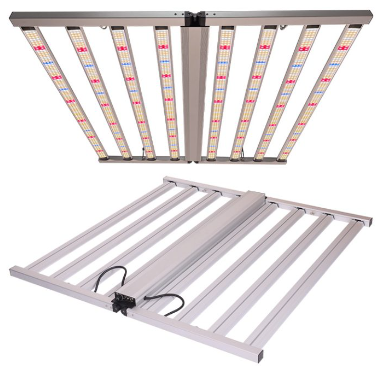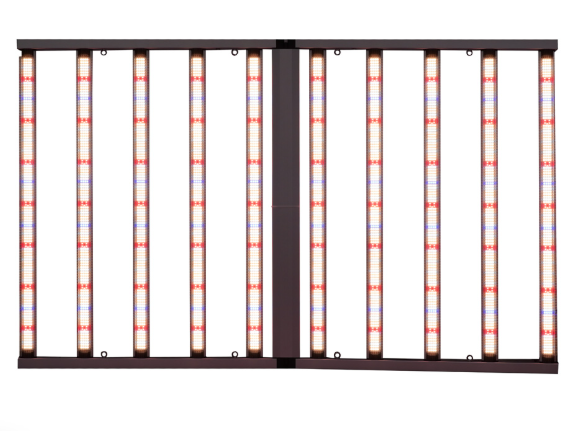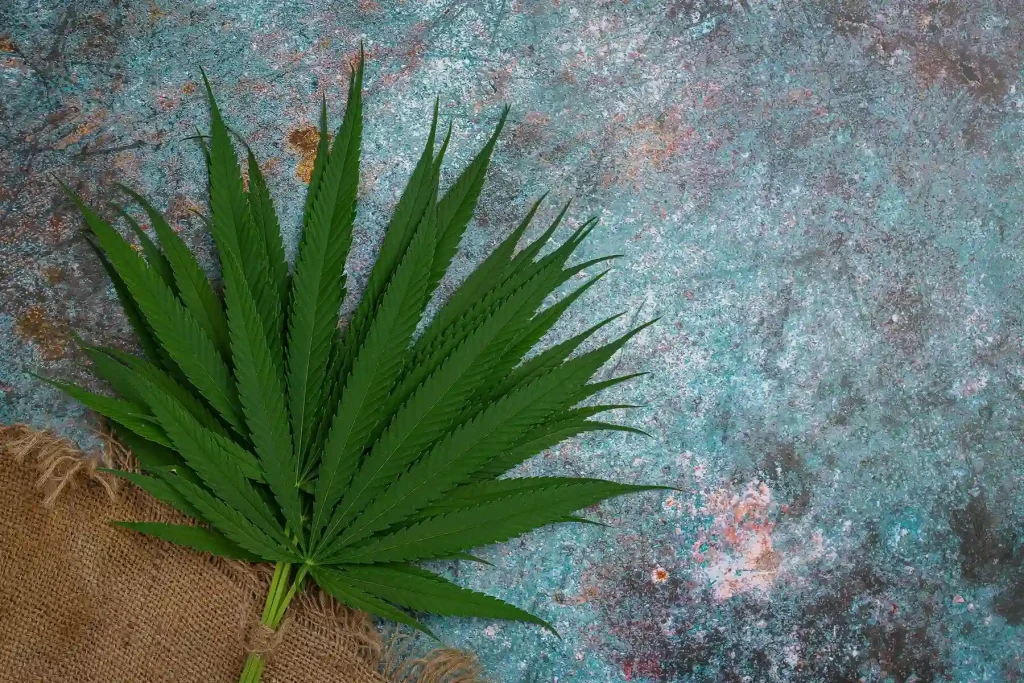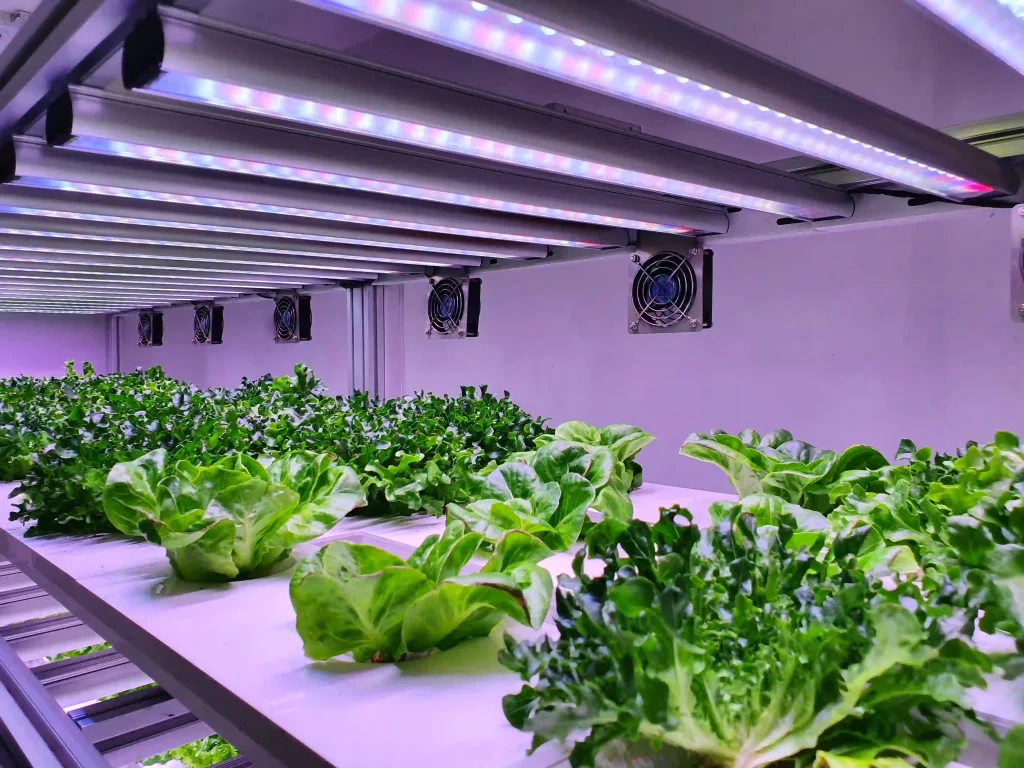
What Is Far-Red Light in LED Grow Lighting?
Far-red light falls just beyond the visible red light spectrum (typically between 700-780nm) and is often included in some full-spectrum LED grow lights. It’s been said to help plants transition into their “night” phase faster or increase their flowering potential. However, recent studies suggest that supplemental far-red light might not provide the benefits growers were expecting—particularly when it comes to cannabis plants.
The Research on Supplemental Far-Red Light for Cannabis Growth
At our company, we’re committed to LED grow light research and continuously assess how different light spectrums impact plant growth. When it comes to far-red light, the findings have been surprising. Here are some key takeaways from recent research:
End of Day Far-Red Light: Many growers believe that far-red light helps accelerate the sleep cycle in cannabis plants. However, data suggests that this isn’t the case. Cannabis plants do not experience significant gains in terms of growth speed when far-red light is used at the end of the day.
Supplemental Far-Red Light During Flowering: Some research indicates that adding far-red light during the flowering phase may actually reduce cannabis yields. While this result was particularly noticeable with sativa strains, it raises concerns about the efficiency of far-red light for indoor cannabis cultivation.
Effect on Cannabinoid Production (THC/THC Levels): Surprisingly, supplemental far-red light doesn’t seem to improve THC levels or other cannabinoids. In fact, early research suggests that far-red light might have a neutral or even negative impact on cannabinoid production.
Why Full-Time Far-Red in Grow Lights Might Be Different
While adding far-red light at specific points in the growing cycle may not offer clear benefits, using far-red light continuously throughout the growth cycle may provide some advantages. Here are a few potential benefits of integrating far-red light into your grow light setup:
Continuous Far-Red Light for Enhanced Growth: Studies have shown that using far-red light throughout the entire growth cycle (not just as a supplement) can promote more robust plant growth from seedling to harvest.
Balancing Far-Red with Blue Light: One promising approach is combining far-red light with additional blue light. This helps to offset the typical “stretching” caused by far-red and might increase yields while slightly reducing flowering time.
Far-Red Control for Morphological Adjustments: If you’re focused on plant morphology—like adjusting plant height or canopy structure—a grow light system with a separate far-red channel may allow more precise control.
Is Far-Red Light a Worthwhile Investment for Your Grow Room?
Based on current research, the answer appears to be “not necessarily.” While experimenting with spectrum-tuning LED grow lights is always encouraged, far-red light, as a supplemental option, may not deliver the desired outcomes for cannabis yields. Many growers find that investing in high-quality, full-spectrum LED grow lights without supplemental far-red light can lead to better results, especially when fine-tuned to a balanced spectrum that meets the plant’s needs throughout its life cycle.
Conclusion: Proceed with Caution in Supplemental Far-Red Use
In conclusion, far-red light may not be the miracle lighting addition that many believe it to be for indoor cannabis cultivation. Our studies have shown that adding far-red light, particularly during the flowering phase, can lead to decreased yields and increased leaf senescence, which reduces overall photosynthetic potential. These findings suggest that far-red light could be more of an expense without clear, significant benefits.
However, full-time far-red light use in combination with a balanced light spectrum could hold potential for specific growth phases or plant types. If you’re considering integrating far-red into your grow setup, we recommend using a balanced approach and continuously monitoring the PPFD (photosynthetic photon flux density) to avoid issues.

